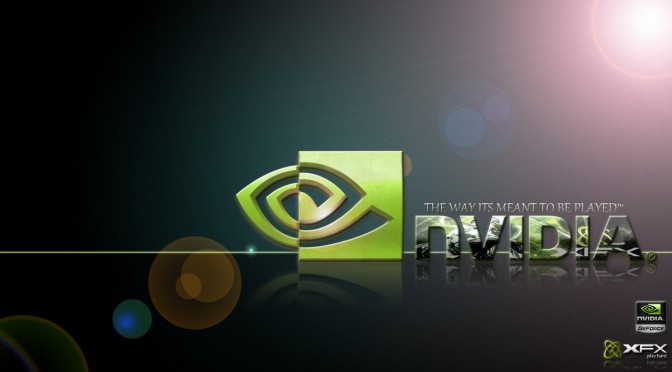NVIDIA has recently launched a brand new version of its DLSS tech, DLSS 2.0. DLSS 2.0 is being used in Deliver Us The Moon, Wolfenstein: Youngblood, CONTROL and MechWarrior 5. And according to the green team, a new user-adjustable sharpness setting will be soon be added to it.
According to reports, there is currently a hidden command for DLSS 2.0. This command is “r.NGX.DLSS.Sharpness” which does not do anything at the moment. However, and according to NVIDIA, this is a user-adjustable sharpness setting that is coming soon to DLSS 2.0.
“We are currently hard at work calibrating the user-adjustable sharpness setting to combine well with the internal sharpness value produced by DLSS’s deep neural networks, in order to consistently deliver a high-quality output while still giving the user a significant level of flexibility over the amount of sharpening they want applied. It is currently available only as a debug feature in non-production DLSS builds.”
This will undoubtedly please those gamers that thought the DLSS 2.0 images to be too sharp for their liking. Thanks to this new setting, PC gamers will be able to adjust the sharpness of the image.
Unfortunately, NVIDIA has not stated when this feature will be available in DLSS 2.0. Moreover, we don’t know whether older games will be compatible with it. Still, this is something that we’re really looking forward to, especially now that DLSS 2.0 can already produce such incredible results.
Stay tuned for more!

John is the founder and Editor in Chief at DSOGaming. He is a PC gaming fan and highly supports the modding and indie communities. Before creating DSOGaming, John worked on numerous gaming websites. While he is a die-hard PC gamer, his gaming roots can be found on consoles. John loved – and still does – the 16-bit consoles, and considers SNES to be one of the best consoles. Still, the PC platform won him over consoles. That was mainly due to 3DFX and its iconic dedicated 3D accelerator graphics card, Voodoo 2. John has also written a higher degree thesis on the “The Evolution of PC graphics cards.”
Contact: Email

